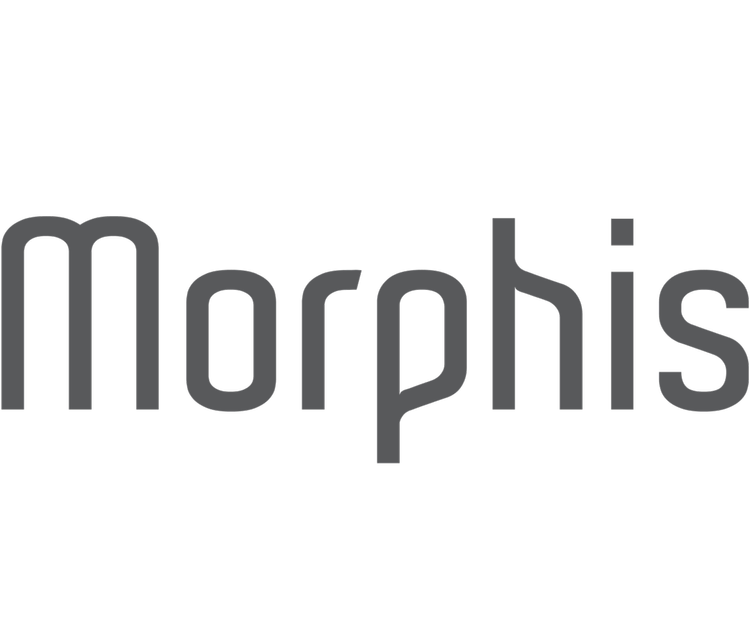A pleasure to be part of Buro Happold’s ‘How Sticky is COVID-19?’ Virtual Design Sprint session, sharing insights from around the globe and evaluating innovative new approaches to integrated design for all.
‘One key consideration coming out of the COVID-19 lifestyle is the need to further enhance one’s physical and emotional well-being, whether in an office, in the public realm or at home. There is unprecedented health, economic and social uncertainty in the world and as designers of the built environment, we have a unique opportunity to re-evaluate and create unique and memorable experiences.
We need a greater responsibility for what we refer to as the inner beauty of invisible design. The Danish urbanist, Jan Gehl* neatly summarises this approach as, ‘first life, then spaces, then buildings.’ In other words, our responsibility is designing for people by making conscious decisions towards emotive design.
As designers, we are responsible for creating meaningful experiences, to connect to the soul of a place and orchestrate an ensemble of meaningful moments. Crucial to this is the health and wellbeing movement and the ability to ‘connect with nature.’ Adaptive nature can create a living sensorium, connected spaces of tactile experience with an understanding of the symbolism of place. Protecting and enhancing these essential ingredients is key to celebrating the unique identity of place and experience for our ever evolving needs.’
*J. Gehl (2011) Life Between Buildings: Using Public Space. Island Press

